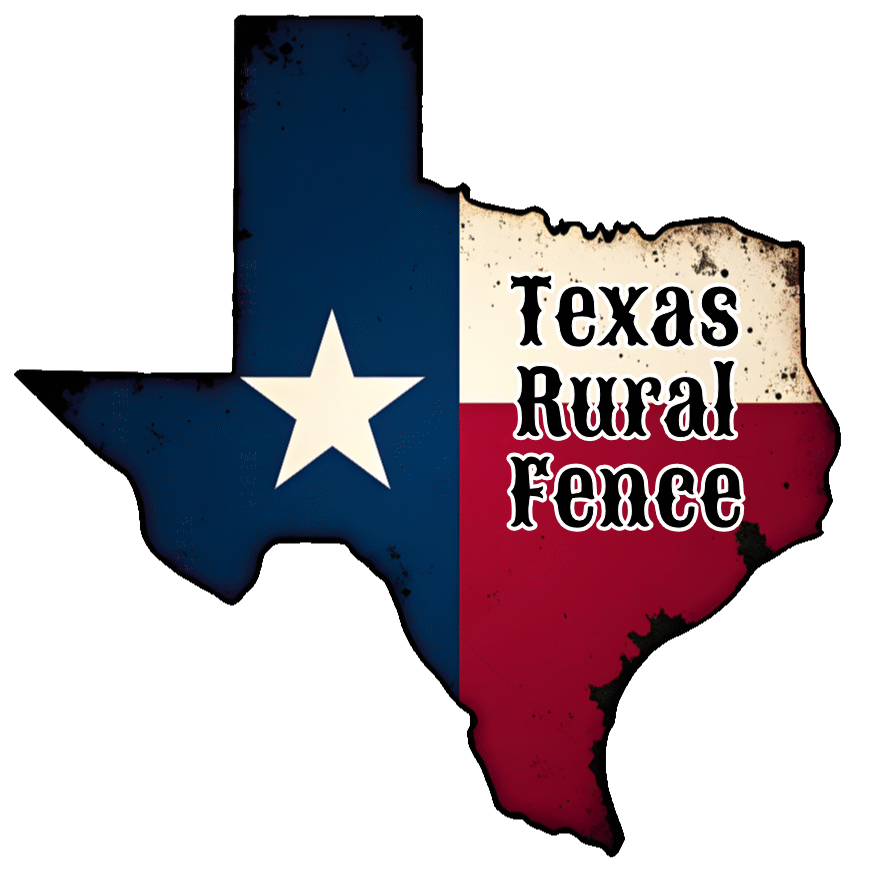Reasons to Choose and Best Practices for Building a Field Fence
Introduction
A field fence is an essential component of any agricultural or rural property. It serves as a barrier to keep livestock confined within a designated area and protect them from potential predators or intruders. In addition to providing security, field fences can also help in maintaining property boundaries, preventing crop damage, and ensuring the safety of livestock. This article will outline the reasons why choosing to build a field fence is beneficial and discuss the best practices for constructing a durable and effective fence.
Reasons to Choose a Field Fence
- Containment: One of the primary reasons for building a field fence is to contain livestock within a specific area. Whether you have cattle, horses, sheep, or other animals, a well-constructed field fence will prevent them from wandering off, protecting them from potential dangers and reducing the risk of loss or injury.
- Predator Protection: Livestock can be vulnerable to predators such as wolves, coyotes, or even stray dogs. A sturdy field fence acts as a deterrent and prevents these predators from accessing the animals, ensuring their safety and minimizing the likelihood of attacks.
- Property Boundary: A field fence can serve as a clear demarcation of your property boundaries. It helps prevent disputes with neighboring properties and provides a visible barrier, preventing accidental encroachment.
- Crop Protection: If you have crops adjacent to your livestock area, a field fence can protect them from being damaged by grazing animals. It helps maintain separation and prevents accidental destruction of crops, allowing for better farm management and maximizing agricultural productivity.
- Improved Grazing Management: By dividing your land into smaller pastures using field fences, you can practice rotational grazing. This approach allows animals to graze in one area while others rest and recover, promoting healthier pastures and optimizing forage utilization.
Best Practices for Field Fence Construction
1. Plan and Design:
Before starting the construction, carefully plan and design the field fence layout. Consider factors such as the type of animals to be contained, the terrain, and any specific challenges presented by the area. Determine the appropriate fence height, post spacing, and the number of strands needed for your specific requirements.
2. Choose High-Quality Materials:
Invest in high-quality materials to ensure the durability and longevity of your field fence. Opt for strong and corrosion-resistant fence posts, such as treated wood or steel. Select a reliable wire mesh or woven wire that is appropriate for the animals you are containing.
3. Proper Installation:
Follow proper installation techniques to ensure the fence is sturdy and secure:
- Start by installing corner and end posts to provide stability and support.
- Set line posts at regular intervals, keeping in mind the recommended spacing based on the type of fence and animal pressure.
- Ensure posts are firmly set in the ground, using concrete for added stability if necessary.
- Tension the wire correctly, maintaining uniform tension throughout the fence.
- Use appropriate connectors and hardware to secure wires to posts and maintain tension.
- Consider adding braces or diagonal supports at corners and gates for additional reinforcement.
4. Regular Maintenance:
Maintain your field fence regularly to ensure its effectiveness and longevity:
- Regularly inspect the fence for any damage, such as broken wires or loose posts.
- Repair or replace damaged components promptly to prevent further deterioration.
- Remove any vegetation or debris that may accumulate around the fence, as it can compromise the integrity of the structure.
- Monitor and adjust wire tension as needed to maintain the fence’s integrity.
- Consider applying a protective coating or paint to prolong the life of wooden posts and prevent rotting.
5. Safety Considerations:
When building a field fence, prioritize safety:
- Wear appropriate personal protective equipment, such as gloves, safety goggles, and sturdy footwear, during construction.
- Follow local regulations and guidelines regarding fence construction and safety standards.
- Ensure that gates and access points are secure and properly designed to allow easy movement of animals and equipment.
- Consider placing warning signs or markers to alert people of the presence of a fence and potential hazards.
Conclusion
Building a field fence offers numerous benefits, including containment of livestock, protection from predators, maintenance of property boundaries, crop preservation, and improved grazing management. By following best practices such as proper planning, using high-quality materials, correct installation techniques, regular maintenance, and prioritizing safety, you can construct a field fence that is effective, durable, and provides long-term value for your agricultural or rural property.
